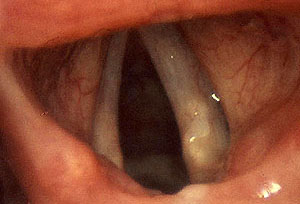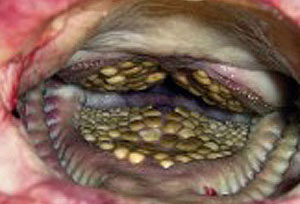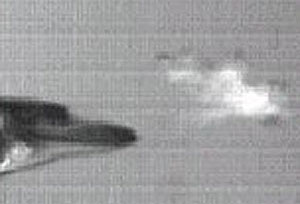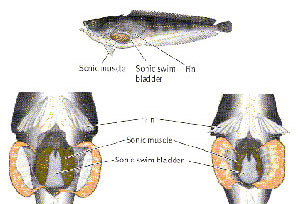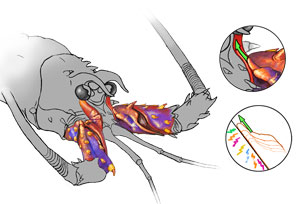Humans and animals make sounds by pressing air or water through their vocal chords, or lips, to create an impulse or oscillation, starting a chain reaction of energy that reaches our ears. Other sounds are made by banging on diaphragms or hard surfaces and brushing or scraping different textures together (like with a violin). Adapting to their environment, animals have evolved to create a wide variety of sounds for different purposes.
TAP/CLICK each image to find out the animal and how they make noise.


